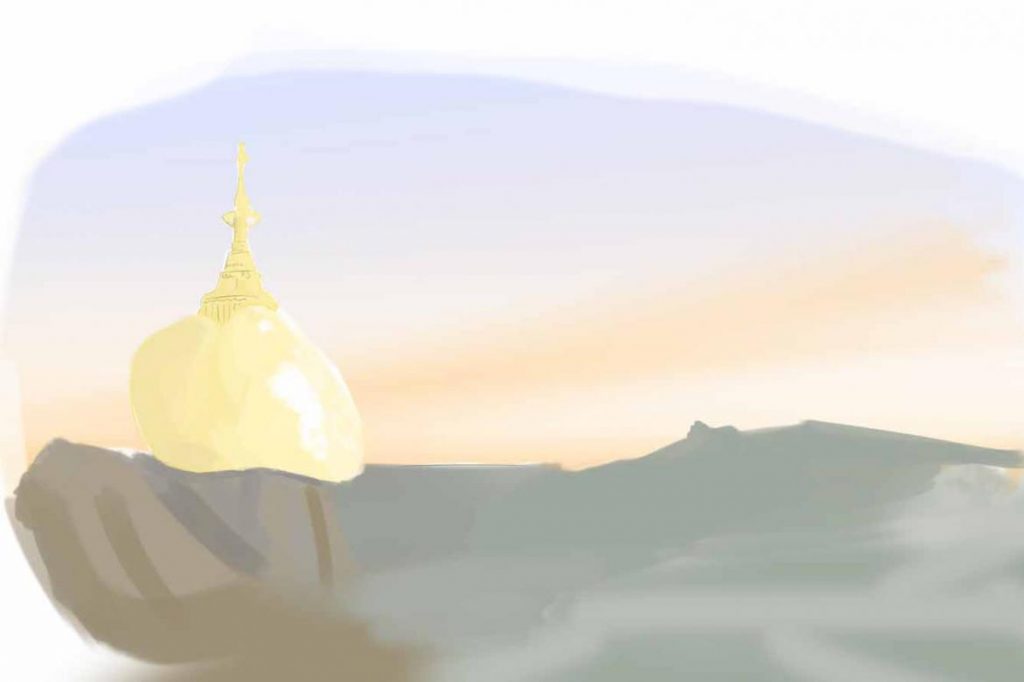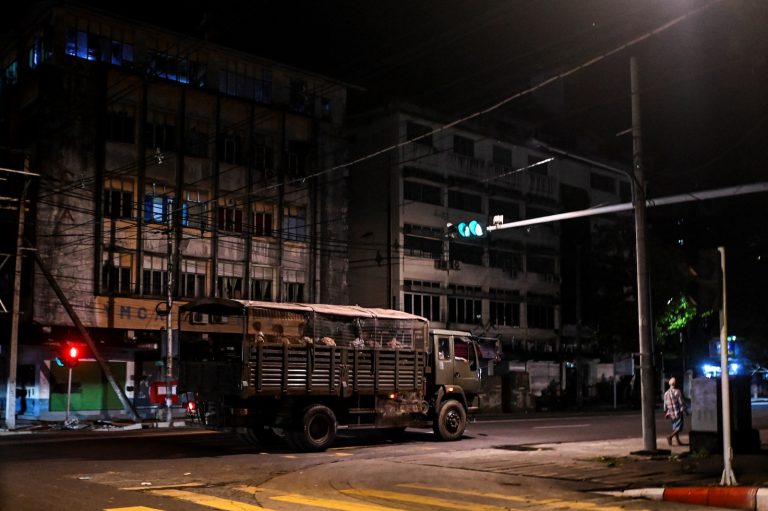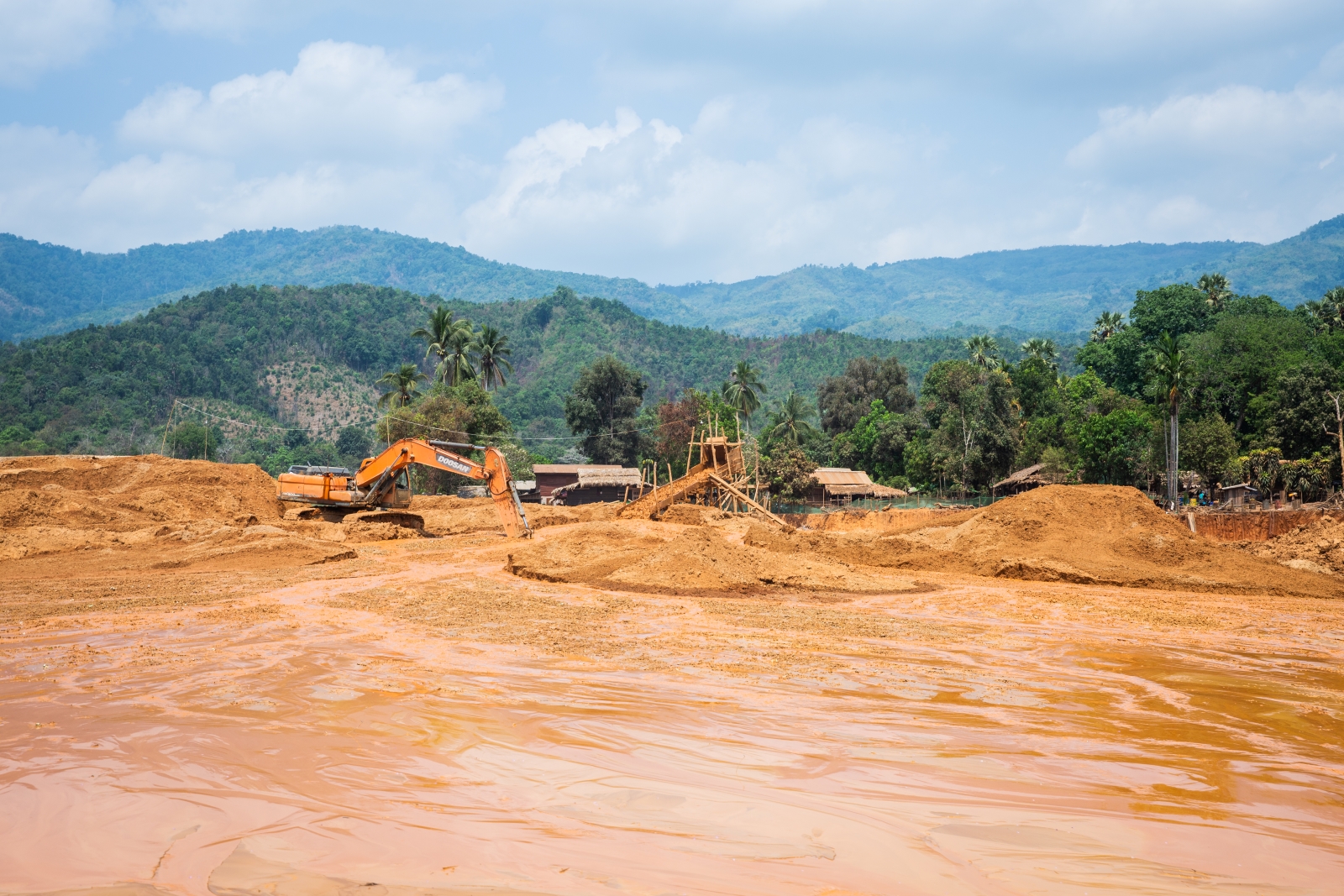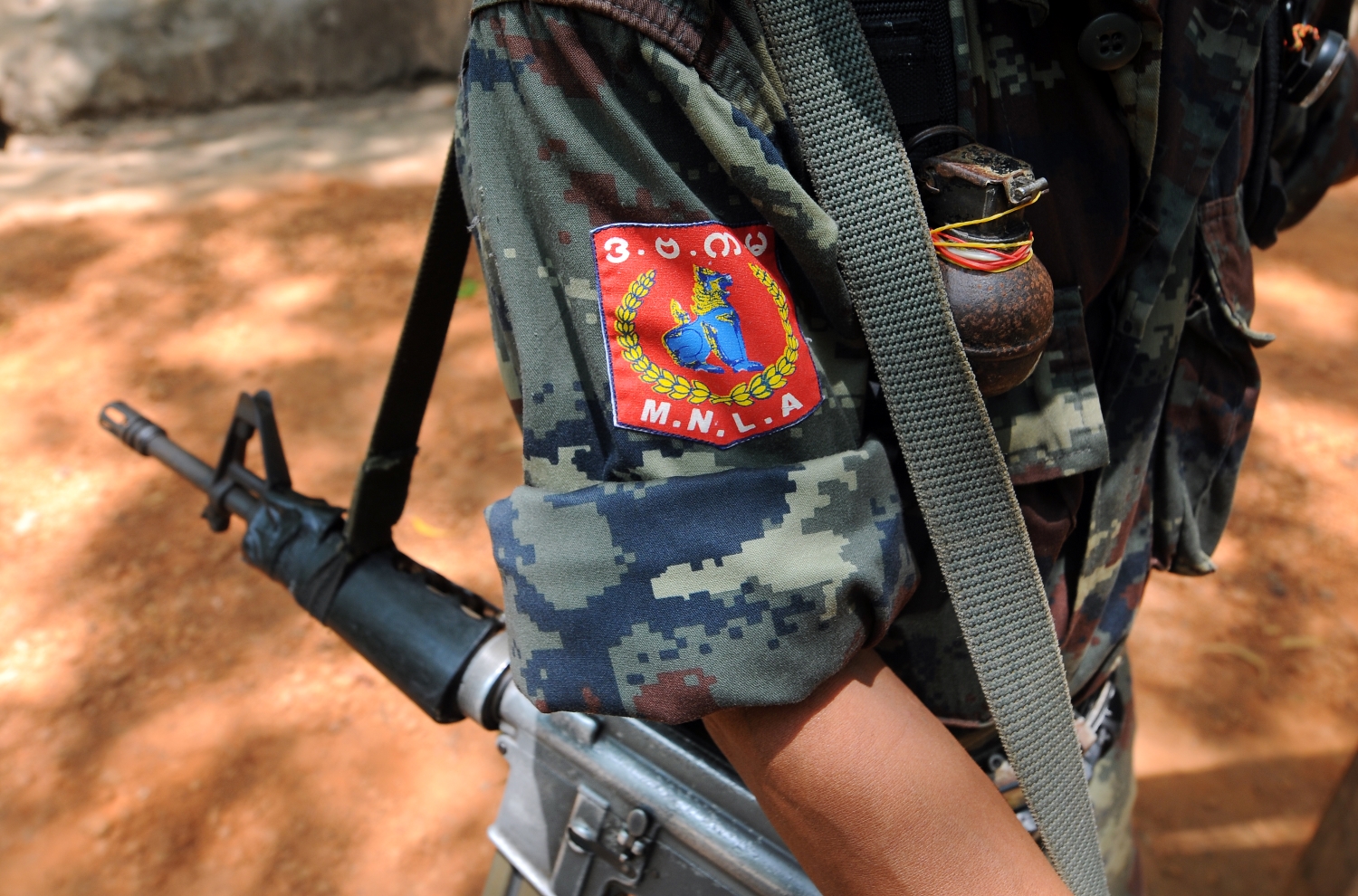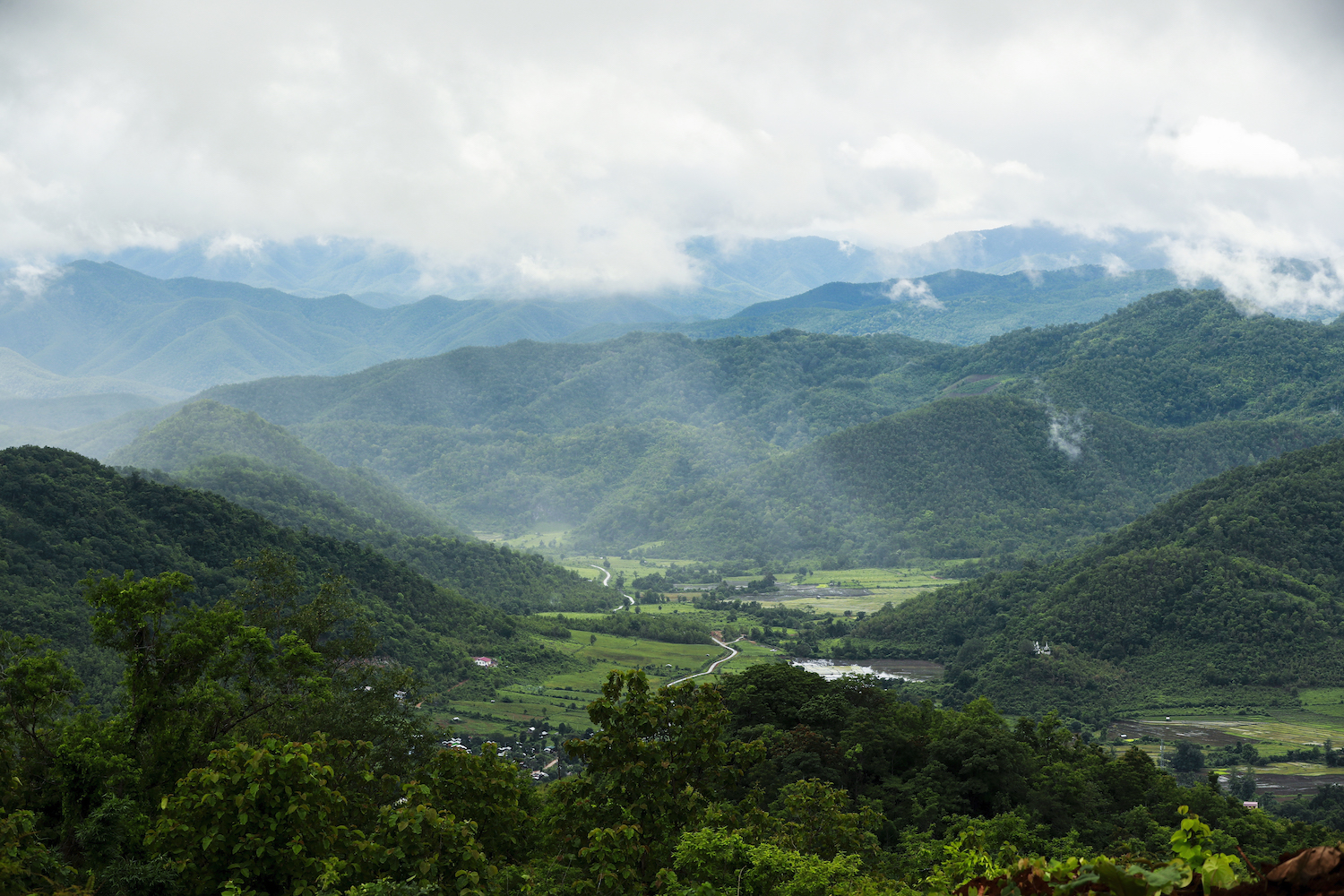A brief history of the kingdoms and conquests of one of Myanmar’s oldest peoples.
Words & Pictures JARED DOWNING | FRONTIER
MYANMAR MIGHT have been a Mon nation. For a millennium, the ancient Indochinese race dominated all of southern Myanmar, and despite playing second fiddle to the great Bamar empires, Mon religion, architecture and language have greatly influenced Myanmar culture. With a mere tilt of history, the Mon kings Razadarit and Banya Dala might have replaced Bayinnaung and Alaungpaya in the history books.
Thaton: The Golden Land
The Mon are an ancient people. As the Pyu settled in the Ayeyarwady River basin and founded a series of city states, including Hanlin (near Shwebo, Sagaing Region), Beikthano (near Taungdwingyi, Magway Region) and Sri Ksetra (near Pyay, Bago Region), the Mon moved into southern Myanmar from present-day Thailand and established some formidable kingdoms.
Tradition has it that the first Mon kingdom was at Thaton, 75 kilometres north of Mawlamyine, the Mon State capital. According to legend, Thaton was founded during the life of the Buddha Gautama, had a lineage of 59 monarchs and was the seat of the legendary Suvarnabhumi Empire (which means “Golden Land” and graces the name of the airport that opened in Bangkok in 2006).
In reality, several nations (and their archaeologists and historians) claim to have been the location of Suvarnabhumi, and Thaton was likely founded about 1000 years after the Buddha.
Support more independent journalism like this. Sign up to be a Frontier member.
However, Thaton might have been the first Theravada Buddhist kingdom in Myanmar. Thaton’s last ruler, King Manuha, supposedly provoked the wrath of the Bagan empire by refusing to share the Pali Canon with King Anawrahta.
Anawrahta sacked Thaton in 1057 and Manuha was taken to Bagan, where his architects would make a significant contribution to its famous collection of pagodas.
Bago and the Hanthawaddy Kingdom
When the Mongols shattered the Bagan empire in the 13th century, a formidable Mon kingdom arose at Bago headed by King Razadarit, a legendary ruler whose story is packed with adventure and scandal. From his capital at Bago, he conquered Mon kingdoms at Martaban and in the Ayeyarwady Delta, thus joining the whole of southern Myanmar into the Hanthawaddy Kingdom.
golden_duck.jpg
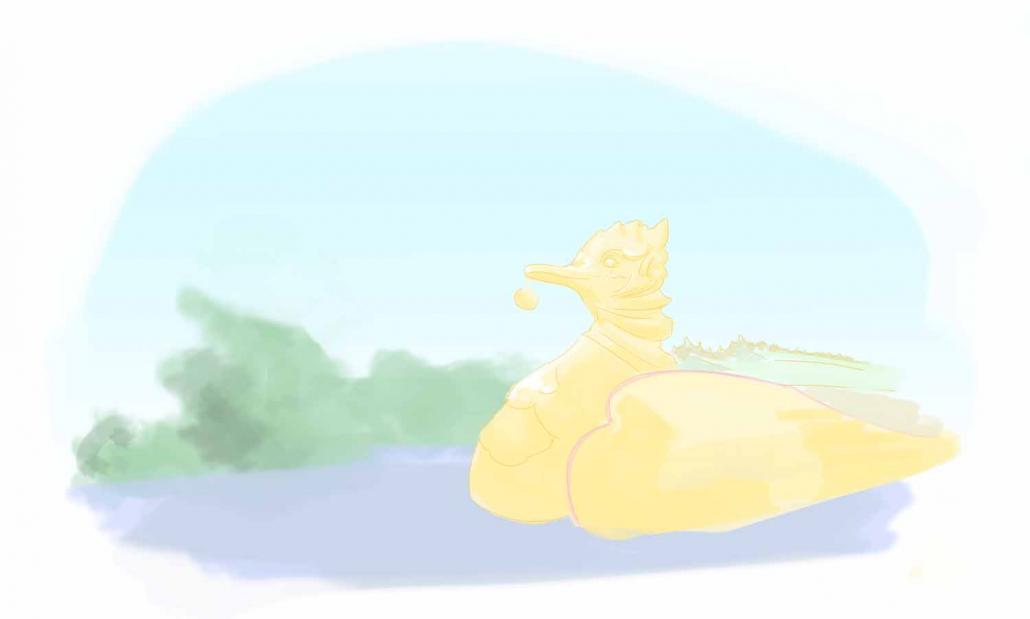
Illustration by Jared Downing / Frontier
“Pegu [Bago] enjoyed a long golden age,” wrote historian Dr Thant Myint-U in his book The River of Lost Footsteps. “Peguers travelled overseas to make money, and traders from across the Indian Ocean – Bengalis and Tamils, Greeks, Venetians and Jews, Arabs, and Armenian – all came to do business with the king of Pegu and his royal brokers, filling the city’s warehouses with gold and silver, silk and spices, and all the other stuff of early modern trade.”
Over the next two-and-a-half centuries the Hanthawaddy Kingdom also engaged in constant skirmishes with the empires of Arakan to the west and, to the north the dominant Bamar kingdom of Ava.
But the death knell for this Hanthawaddy “golden age” came with the rise of a new dynasty at Taungoo, whose kings would launch a campaign of conquest that unified much of modern-day Myanmar. Bago fell to the Bamar in 1539, but it took decades of bitter fighting before Taungoo finally subjugated the Mon kingdom.
Hanthawaddy Kingdom Part II
The Taungoo dynasty reached its peak under King Bayinnaung and gradually declined over the next 200 years. By the 16th century, the Mon in southern Myanmar were subject to brutal taxes and military conscription to support the Bamar war effort, and in the end it would be the Mon that would finally topple the empire.
A Mon leader named Banya Dala rose up in Bago in the 1740s, united much of the old Hanthawaddy Kingdom in rebellion and sacked the royal capital at Ava in 1752.
The restored Hanthawaddy Kingdom was now the dominant force in Myanmar. The new king Banya Dala received arms and support from the French, who were seeking to back a regional winner in their colonial rivalry with the British. The future was brighter for Bago and the Mon were on track to become the next great power in Burma.
However, the Mon, French and British were blindsided by a small-time administrator named Aung Zeyya who sparked a rebellion that would retake Ava and arrive on Banya Dala’s doorstep within a few years. Bago fell in 1757, its walls and gates razed, and the French exiled, killed or press-ganged. Now known as King Alaungpaya, Aung Zeya established the Konbaung dynasty that would rule Myanmar until British annexation in 1885.
The Mon of southern Myanmar were supplanted by Bamar and other settlers, and many fled to neighbouring Siam (now Thailand). The Mon became strategic players in the later Anglo-Burmese wars and as one of the many ethnic groups vying for independence in the 20th century. But the old glory of Bamar’s ancient rivals was finished.
flag_graphic.jpg
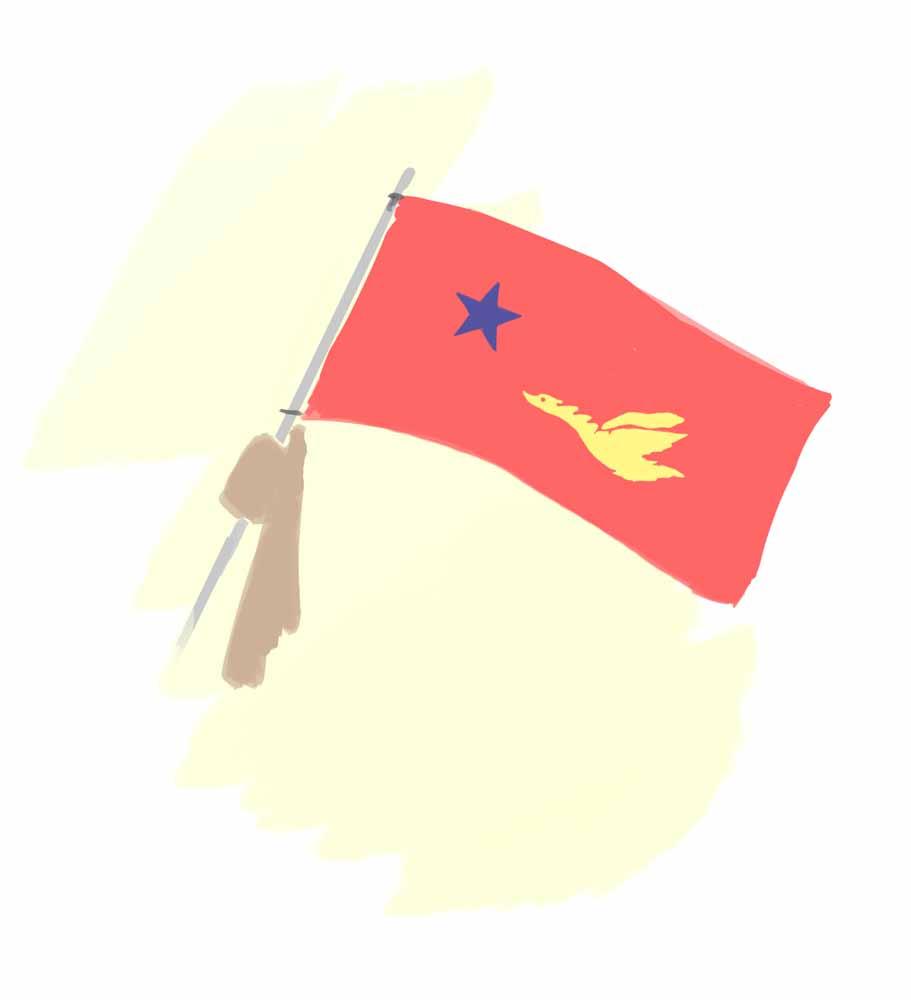
Illustration by Jared Downing / Frontier
Hinthar
The Hanthawaddy Kingdom derived its name from the Pali word for Brahminy ducks (in Mon, hongsa; in Myanmar, hinthar) which were adopted as a symbol by the Mon, supposedly because a pair of the birds lived at Bago. A legacy of the golden age of the Mon lives on in the flag and seal of Mon State: It features a golden hinthar.
Golden sculptures of a pair of hinthar decorating the top of a tall column are a common sight at Buddhist pagodas, including the Shwedagon Pagoda, which was built by the Mon.


